JAPAN: in the land of matcha - 1/3
FIRST STAGE: Kagoshima
_______
.
I am always thrilled to go back to Japan. This country keeps fascinating me over and over: everything there amazes my eyes of western traveller.I went back this time to visit matcha producers. Maybe you guessed it right when reading the first post of this blog! Matcha is a bright green tea powder, and is so representative of the strong link between contemporary Japan and tea customs and traditions that I decided to take some time to share what makes it so special.I started my journey with a few days in Kagoshima, on Kyūshū island: here are my thoughts on this stopover, the first article of a series dedicated to matcha.
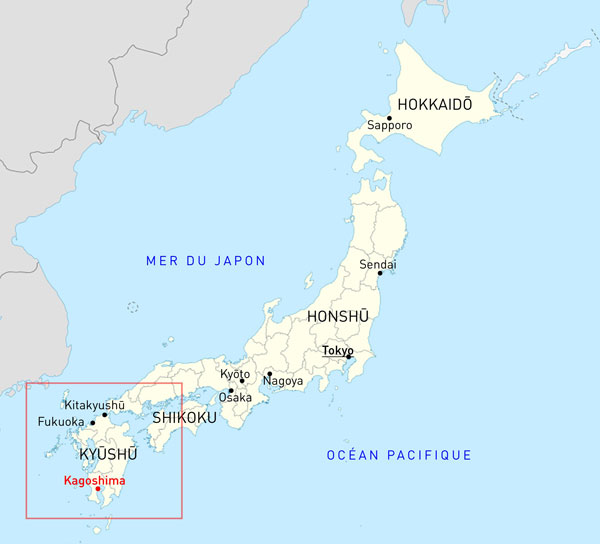
Map of Japan: Kagoshima
Wikimedia Commons @Maximilian Dörrbecker – CC BY-SA 3.0
Matcha: both for body and mind
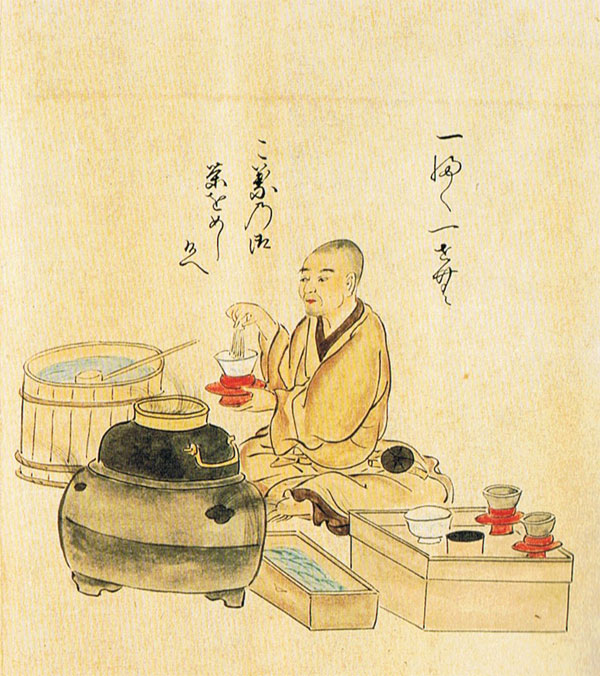
Monk pouring matcha tea (see the bamboo whisk in his right hand) From Shichiju-ichiban shokunin utaawase, Muromachi era (XIVth-XVIth century).
Public domain..
Born in China, matcha has first been used as a medicine and a fortifier. Its invigorating properties made it quickly popular amongst Zen Buddhism monks, as this religion was rising in Japan during the 12th century. Monks have been drinking matcha in order to stay awake and focused during their long meditation sessions. By the way, these properties are totally proven: try a good matcha cup in the morning to get your fill of energy or when an intense or stressful day comes ahead.
Unlike what you might think, the fact of whisking tea powder is far more ancient than the brewing technique we are all familiar with nowadays. This typical way of drinking matcha could date back to Kamakura era (1185-1333) whereas brewed tea seems to find its origin during the Edo era (1603-1869).
The nine centuries old whisked matcha technique has crossed the ages and became the « Chanoyu », the traditional Japanese tea ritual, which is still known nowadays.
.
Matcha is widely popular in Japan today: it is absolutely everywhere. You can find matcha mochi, soba, ice creams, latte, and even Kit Kat bars! It is used to flavour anything and everything, not always for the best...

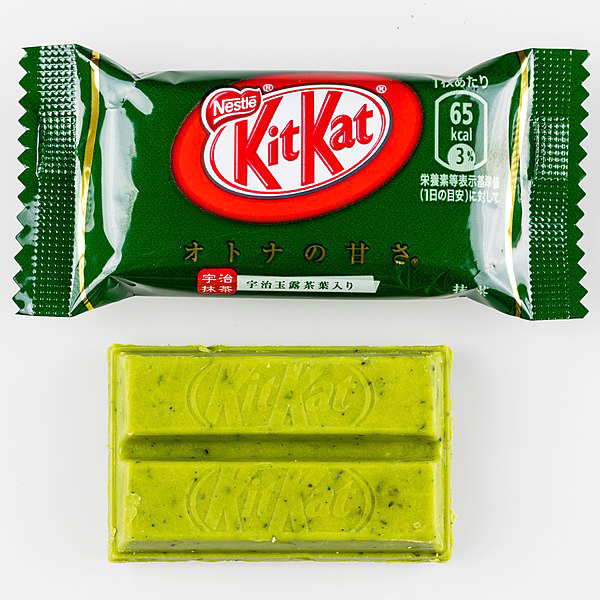
Matcha Kit Kat bar © Raimond Spekking / CC BY-SA 4.0
.
What is exactly matcha, actually?
We produce matcha from tencha, a kind of tea that is almost never drunk by itself. The tencha leaves are reduced to powder to become matcha. It is the only kind of tea used for tea ceremony, but it is also very often used for cooking. Maybe you have already tried one of our legendary matcha and white chocolate muffins at our tea house in the eleventh district in Paris!
.
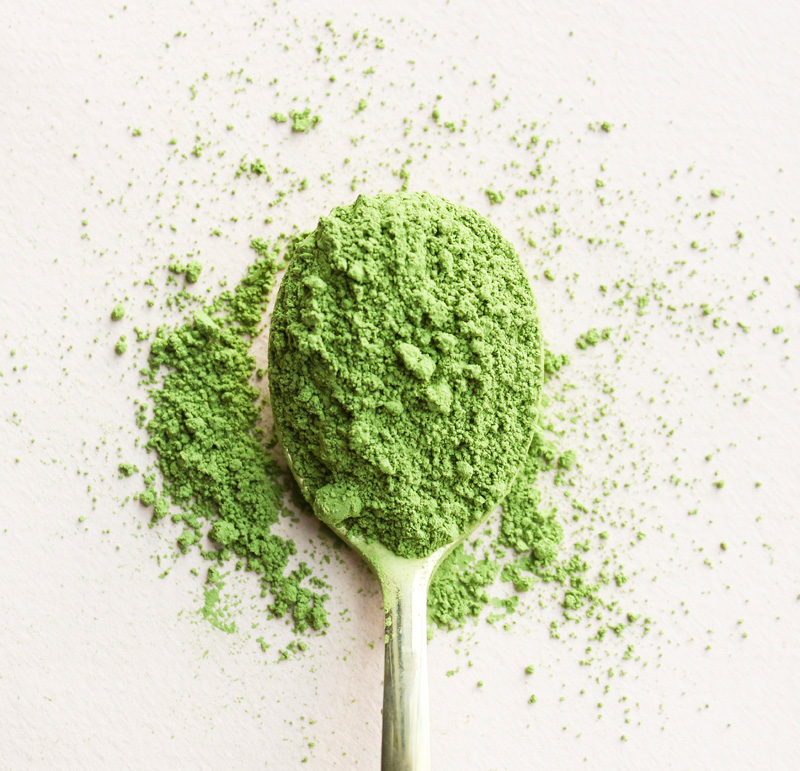
Matcha powder © Evanhoever - Wikimedia commons - CC BY-SA 4.0
.
Kagoshima, main producing area for organic teas in Japan
I wanted to go on the Kyūshū island first since Kagoshima bay producers are at the cutting edge for organic cultivation, that I am especially interested in, as you know, for the teas I choose to bring back. Even if Kyōto is known for being the cradle of matcha, Kagoshima surrounding area has rich soils, a good amount of sunshine and a mountainous environment, all appropriate for tencha cultivation.
Farming tencha also requires specific skills and know-how: you must protect the tea trees from the sun for the last weeks before harvest. On the pictures below are the traditional straw blinds (“honzu”) used to cover tea leaves in order to help the plant drawing more nutrients from the ground and becoming richer in amino acids necessary to get a smooth matcha with umami hints.
.
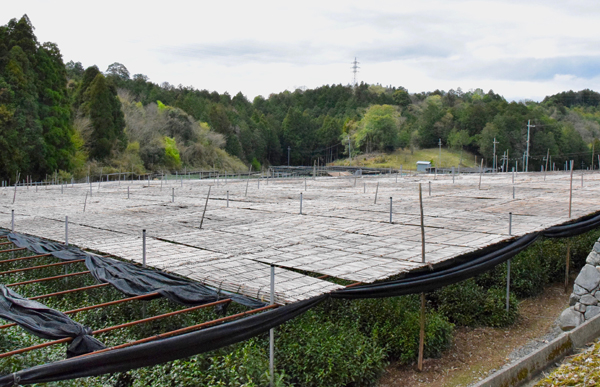
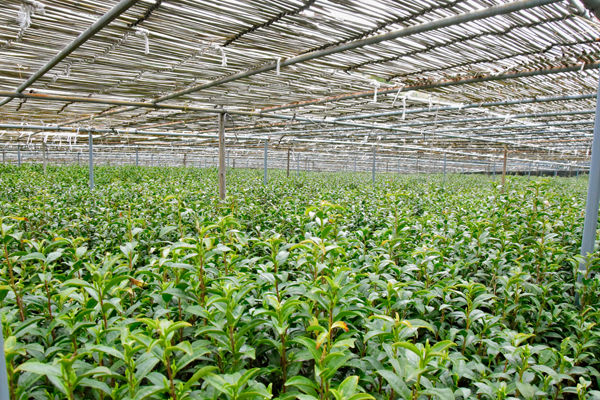
Tea trees shadowed by honzu © L'Autre Thé
The appearance of gardens I visit when I travel can vary a lot depending on countries and local habits. What strikes me the most in Japan is the extreme precision: plants are always trimmed with the utmost meticulousness, which creates very linear landscapes rarely seen elsewhere.
I always look at the soil at the foot of tea trees when I visit a tea garden: if wild flowers and weeds are freely growing, it is a good sign that the farmer does not use any chemical treatments and cares for nature. Another good way to discover a new tea is to chew a leaf, especially if we are talking about a future matcha, which is the only tea for which we eat all the plant (which is crushed and not brewed).
Growing a fine tencha
To give a tencha every chances to give an excellent matcha tea, several rules have to be taken into account:
- the crops must be shadowed at least three weeks before harvest
- tea trees should not be pruned more than once a year after harvest (which implies only one harvest per year).
Once the leaves are collected, the oxidization is stopped (same as for any green tea) by steaming them for 20 seconds. The leaves are then cooled down and dried in a tencha oven. The tea is then sweat and dried without any mixing. Leaves are not rolled up, they will start crumbling by themselves.
Enjoying the journey
After striding along these tea gardens back and forth, I felt like discovering the city of Kagoshima. Destination: onsen (public baths in hot springs) with a view on Sakurajima volcano, which is still active. It is one of my favourite things in Japan: life is both very organized, technological, and sometimes really peaceful and close to Nature at the same time. Contrasts are one of Japan’s attractions!
A trip to Japan is not a real experiment if you do not try new food. I (bravely) tried Kagoshima’s speciality, the chicken sashimi: thin slices of raw chicken with grated ginger and soy sauce. How can I say it… it was not the best culinary experiment of my life! But I am glad I tried it.
Next stages of my journey: Kyōto and Uji, the Japan capital for matcha tea. I will tell you more about how the matcha is made, now that you know the ins and outs of tencha. I also have a few good addresses to share.
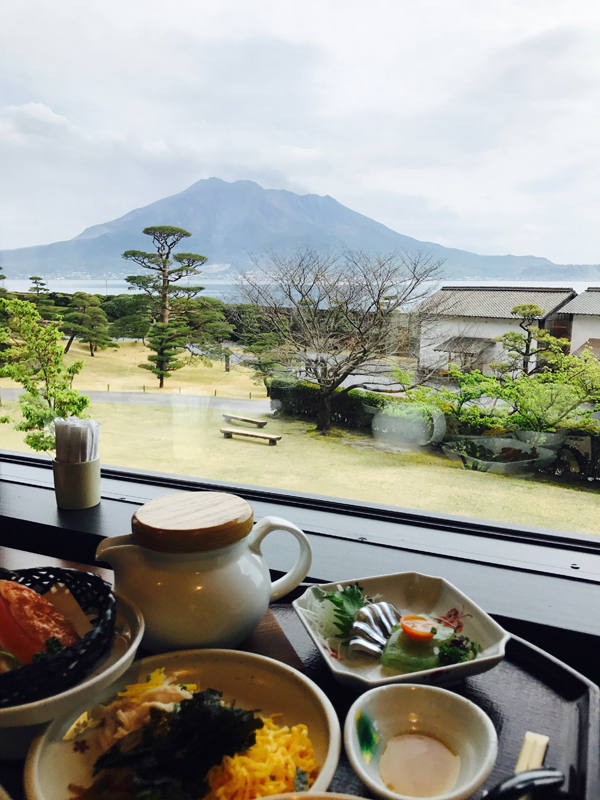
Meal with a view on Sakurajima volcano © L'Autre Thé
Meanwhile, feel free to comment with questions about matcha or about this post in general, I really hope that you enjoyed these first steps on my blog!
.
See you very soon for more Japanese adventures!
Leave a comment
Related posts
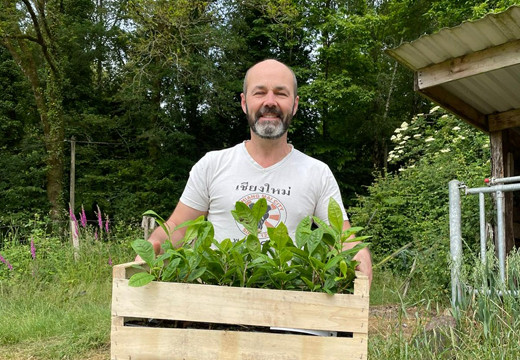 Notre plantation de thé en France !
Notre plantation de thé en France !
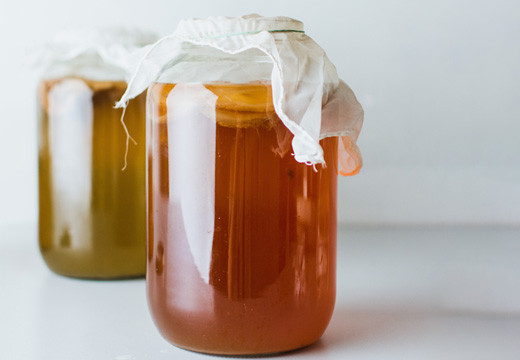 Kombucha, mode d'emploi
Kombucha, mode d'emploi
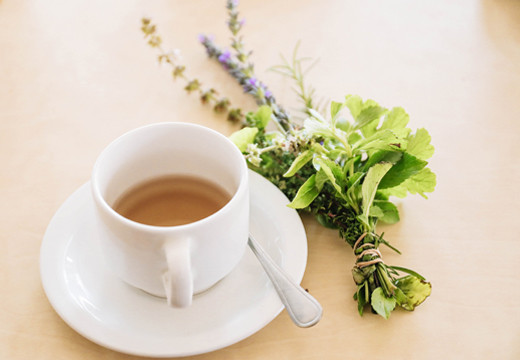 7 plantes pour mieux dormir
7 plantes pour mieux dormir
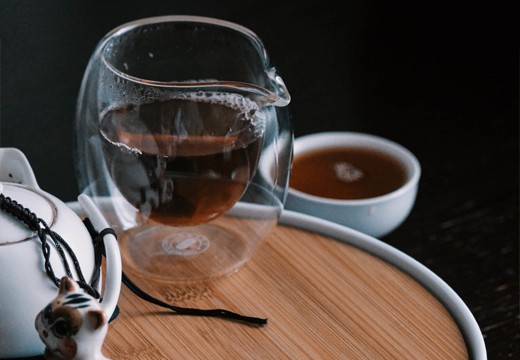 Le thé Pu-Erh : histoire, millésimes & bienfaits
Le thé Pu-Erh : histoire, millésimes & bienfaits
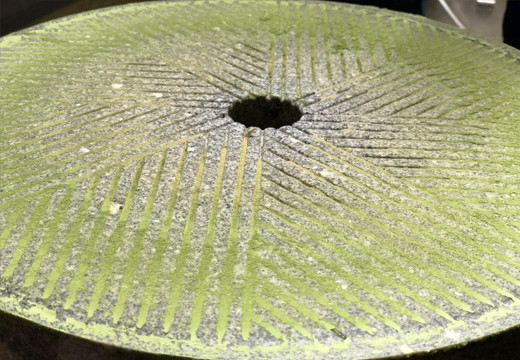 Japon : sur les terres du matcha - 2/3
Japon : sur les terres du matcha - 2/3
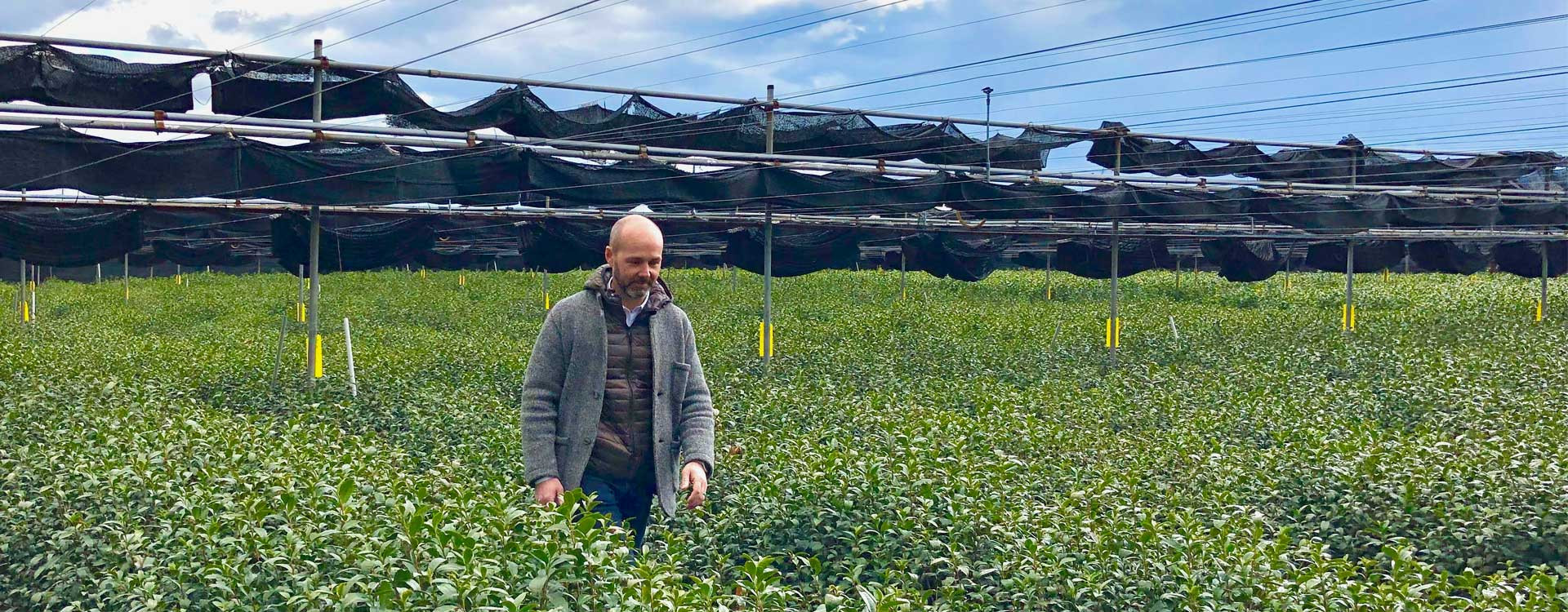
Latest comments